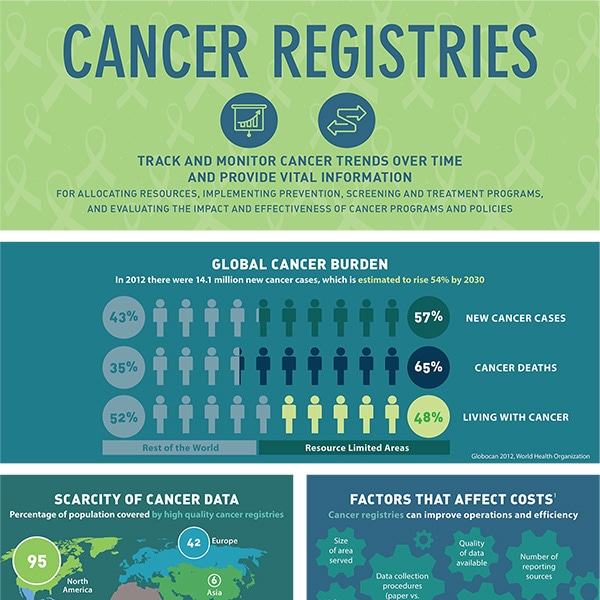Joint Pain That Is Difficult Can Imply More Than Simply Pain; Recognize The Vital Indications Of RA That You Should Not Disregard. Are You Conscious?

Material Writer-Field Dalgaard
If you're managing joint pain, it can be difficult to recognize if it's just normal pain or something much more severe like rheumatoid arthritis (RA). Specific indicators, like long term morning rigidity or swelling in multiple joints, might suggest a deeper issue. Comprehending these signs is important, especially if they're influencing your life. So, what should you search for to distinguish between the two? Let's discover the essential signs that should not be overlooked.
Common Signs And Symptoms of Rheumatoid arthritis
When you think of rheumatoid arthritis (RA), it's essential to acknowledge its common symptoms, as they can dramatically influence your daily life. You could experience persistent joint pain, swelling, and tightness, especially in the morning or after periods of lack of exercise.
Tiredness is an additional typical concern, typically leaving you feeling drained pipes and incapable to focus. Furthermore, you may observe joint deformities over time, as RA can cause damage if left untreated.
Other signs can consist of high temperature and anorexia nervosa, which can affect your overall health. Recognizing these indications at an early stage is important for seeking suitable treatment, so do not disregard them.
An aggressive method can help you handle signs and maintain a better lifestyle.
Distinguishing RA From Other Types of Joint Discomfort
How can you inform if your joint discomfort results from rheumatoid arthritis (RA) or an additional condition? Initially, take note of the pattern of your discomfort. RA commonly influences both sides of your body equally and usually includes several joints, particularly in the hands and feet.
If your pain is local, like in one knee or ankle joint, it might be as a result of an injury or osteoarthritis.
Next off, think about https://articlescad.com/explaining-rheumatoid-arthritis-reasons-symptoms-and-treatment-summary-693051.html and time of day your pain takes place. RA pain generally gets worse in the early morning and boosts throughout the day.
Furthermore, joint stiffness lasting over an hour after getting up is a crucial indication of RA. Be mindful of any type of accompanying symptoms like tiredness or high temperature, as these can also offer clues.
When to Look For Clinical Attention for Joint Discomfort
Identifying the signs of rheumatoid arthritis is very important, yet knowing when to look for clinical interest is just as vital. If you experience joint pain that lasts for more than a few days, or if the discomfort is severe and limits your everyday activities, don't think twice to consult a medical care professional.
Furthermore, if you notice swelling, inflammation, or heat around the joints, or if you have fever and tiredness along with joint discomfort, these could signify an extra major problem. Early morning rigidity that lasts over an hour is an additional warning.
Do not neglect these symptoms; very early diagnosis can lead to much better management of potential issues. https://www.healthcentral.com/condition/rheumatoid-arthritis/stronger-body-with-ra-workout on your impulses-- if something feels off, it's always best to get it had a look at.
Verdict
If you're experiencing persistent joint pain with signs like long term early morning tightness, swelling in multiple joints, or tiredness, don't ignore these signs. It's important to separate between common pain and potential rheumatoid arthritis. Early treatment can result in better management and prevent issues. If your pain disrupts your life or lasts beyond a couple of days, it's time to look for medical aid. Trust fund your impulses and prioritize your health-- getting inspected might make all the distinction.

